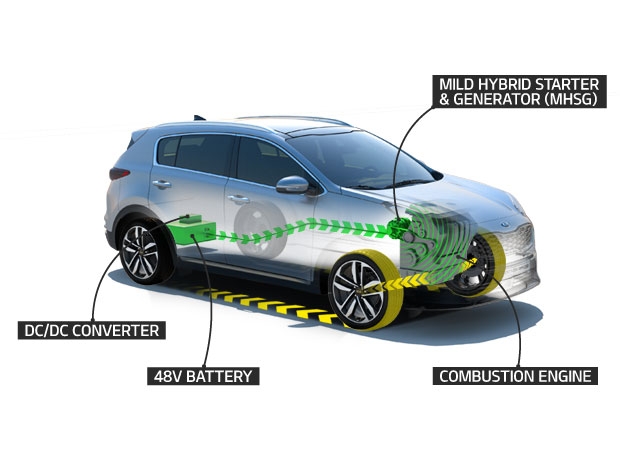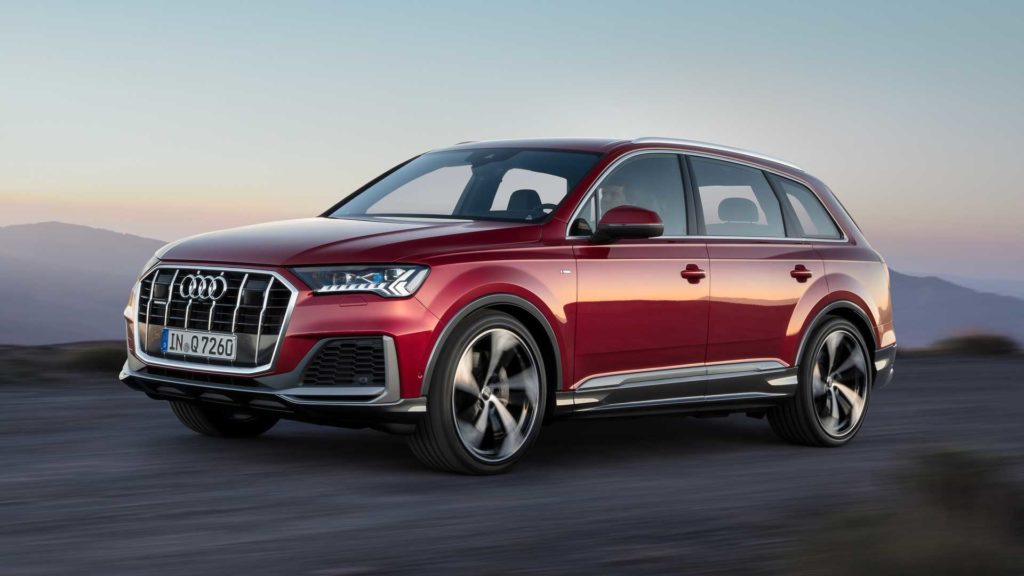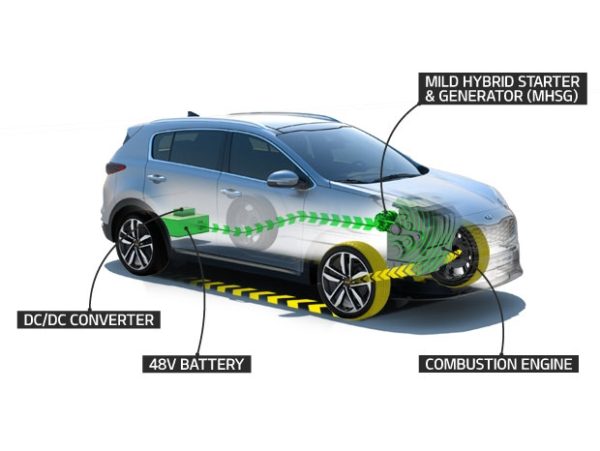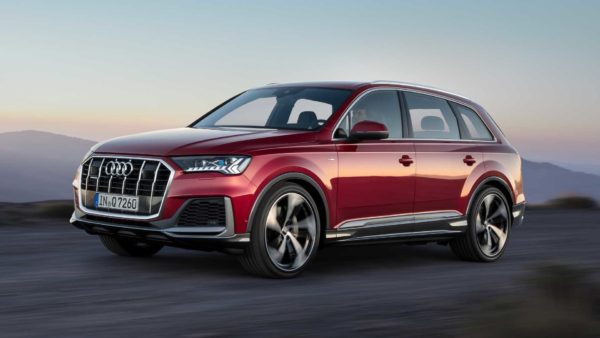Fully electric and hybrid
For people who are thinking about purchasing an electric vehicle, there is a lot of information on the different versions. However, choosing a vehicle that suits your lifestyle is not an easy task. Depending on the intended use, be it short distances or regular longer commuting distances, a certain type of vehicle is recommended. In general, we distinguish between purely electric vehicles and those powered by electricity and petrol, the hybrids.
Fully electric vehicles are exclusively powered by electricity and do not have a combustion engine. They must be connected to the power grid to charge the battery. The range of a completely charged fully electric vehicle varies from 90 km for older models to approximately 550 km for more modern ones.
Hybrid vehicles are a combination of electrical and conventional energy. They can automatically switch between combustion and electric drive, for short distances, or use both to power the vehicle as needed. It is not absolutely necessary to connect the vehicle for charging, because it generates energy by regenerative braking and by the combustion engine, which drives a generator that converts the mechanical energy into electrical energy. Hybrid vehicles are able to drive short distances exclusively with electrical energy.
The technique of mild hybrids
The idea and technology behind a mild hybrid have been around for several years, but it is currently becoming increasingly popular among the manufacturers. Some models do not offer the option of actually driving electrically. Instead, they build mild hybrids that support electricity. This significantly reduces the cost and effort of electrification, but fuel consumption is noticeably decreasing.
The most important means of the mild hybrid is the starter -enerator, a simple electric motor that helps the combustion engine at work. It can contribute some power for a short time, start the engine and generate electricity. In all cases, it takes over the task of the alternator completely, and that of the starter at least partly.
A starter-generator can be placed at different positions of the car. Audi makes use of the gap left by the missing alternator. From here, the starter generator is connected to the crankshaft by a belt. This design is called a belt-driven starter generator. A major advantage is that it can be used with existing engine types. Some Asian manufacturers, Kia and Hyundai for example, follow a similar tactic.
Mercedes does a similar job with some engines, but spends more work in the large limousines. The starter generator is located directly on the crankshaft between the engine and gearbox. A better power transmission can be achieved without belts. But the design effort is much greater. Mercedes developed the drives, especially for the so-called Crankshaft-Mounted Integrated Starter Generator.
Electrical support during start-up
As a full hybrid, a mild hybrid also helps where the combustion engine is not very efficient, for example when starting up. A little electric torque reduces the load on petrol or diesel engines and therefore saves fuel. How much you ultimately save depends on many factors. The driving style remains decisive, as does the type of mild hybrid system. Audi, for example, reports a reduction in fuel consumption by up to 0.7 liters per 100 kilometers in everyday life.
48 Volt technology in mass production
In the rarest of cases, the regular vehicle electrical system is sufficient to operate a starter generator efficiently. The power limit is approximately 3 kilowatts – too little for the desired effect. Many manufacturers, therefore, retrofit a second on-board network with a voltage of 48 volts. Here the cable cross-sections are thinner and up to 25 kilowatts can be transmitted.
Hyundai, Kia and Mercedes currently rely on the 48-volt network, Audi only uses it for engines with six or more cylinders. Four cylinders get mild hybrids with a voltage of 12 volts. Suzuki offers mild hybrids only with 12 volts. These cars save less fuel in comparison. Volvo has also had mild hybrids in its range for a few weeks now, but is currently limiting itself to the large SUV models. BMW, Mazda, Ford, Subaru and other brands of the VW group will follow soon. The strategy is similar in all cases, the implementation varies.
Full hybrids save more fuel than mild hybrids. But they use a higher voltage. In the high-voltage range from 60 volts, additional safety requirements apply. They need a more complex design, which makes them significantly more expensive. Mild hybrid systems can be installed in existing models. They easily compensate for the extra weight of the system.
Additional extras with 48 volts
A pleasant side effect: the higher voltage of the 48-volt network opens up new possibilities. Audi, for example, uses electrically driven compressors. They sit in the intake manifold and compress the air before the turbochargers engage. The cars respond more spontaneously, thus improving acceleration and reducing exhaust emissions.
Some manufacturers also use the 48-volt network for roll compensation. The stabilizers contain electric motors that tension the chassis in the opposite direction to the curve. The body rolls less and stays straight in fast hairpin bends. This effect is particularly noticeable in large SUVs.
All in all, mild hybrids are worthwhile for manufacturers and customers. Both are happy about lower fuel consumption and car manufacturers can add additional extras to the surcharge list. In small vehicle classes, hybrids will remain an optional extra for the time being – they are still too expensive for basic models.



